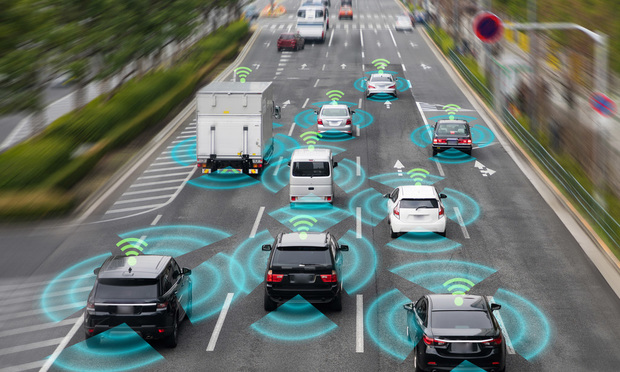 At this stage, it is largely unclear how technical supervisor insurance will be priced and how it would compare to premiums for traditional auto insurance. (Credit: metamorworks/Shutterstock.com)
At this stage, it is largely unclear how technical supervisor insurance will be priced and how it would compare to premiums for traditional auto insurance. (Credit: metamorworks/Shutterstock.com)
Autonomous vehicle technology has evolved to the point that, in some places, it's no longer a surprise to see driverless vehicles navigating city traffic. Even with these advancements, however, there are still a lot of questions about how personal auto insurance needs to change in order to keep up with this tech.
Recommended For You
Want to continue reading?
Become a Free PropertyCasualty360 Digital Reader
Your access to unlimited PropertyCasualty360 content isn’t changing.
Once you are an ALM digital member, you’ll receive:
- Breaking insurance news and analysis, on-site and via our newsletters and custom alerts
- Weekly Insurance Speak podcast featuring exclusive interviews with industry leaders
- Educational webcasts, white papers, and ebooks from industry thought leaders
- Critical converage of the employee benefits and financial advisory markets on our other ALM sites, BenefitsPRO and ThinkAdvisor
Already have an account? Sign In Now
© Touchpoint Markets, All Rights Reserved. Request academic re-use from www.copyright.com. All other uses, submit a request to [email protected]. For more inforrmation visit Asset & Logo Licensing.







